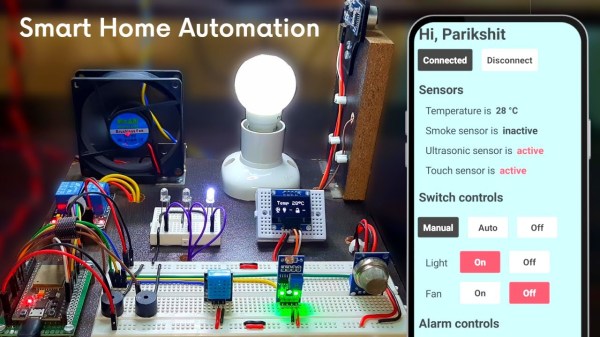Over time, web browsers have accumulated a ton of features beyond what anyone from the 90s might have imagined, from an application platform to file management and even to hardware access. While this could be concerning from a certain point of view, it makes it much easier to develop a wide range of tools. All a device really needs to use a browser as a platform is an IP address, and this project brings a web UI dashboard to Zephyr to simplify application development.
Zephyr is a real-time operating system (RTOS) meant for embedded microcontrollers, so having an easy way to access these systems through a web browser can be extremely useful. At its core, this project provides a web server that can run on this operating system as well as a REST API that can be used by clients to communicate with it. For things like blinking lights this is sufficient, but for other things like sensors that update continuously the dashboard can also use WebSocket to update the web page in real time.
The web dashboards that can be built with this tool greatly reduce the effort and complexity needed to interact with Zephyr and the microcontrollers it typically runs on, especially when compared to a serial console or a custom application that might otherwise be built for these systems. If this is your first time hearing about this RTOS we recently featured a microcontroller-based e-reader which uses this OS as a platform.
















